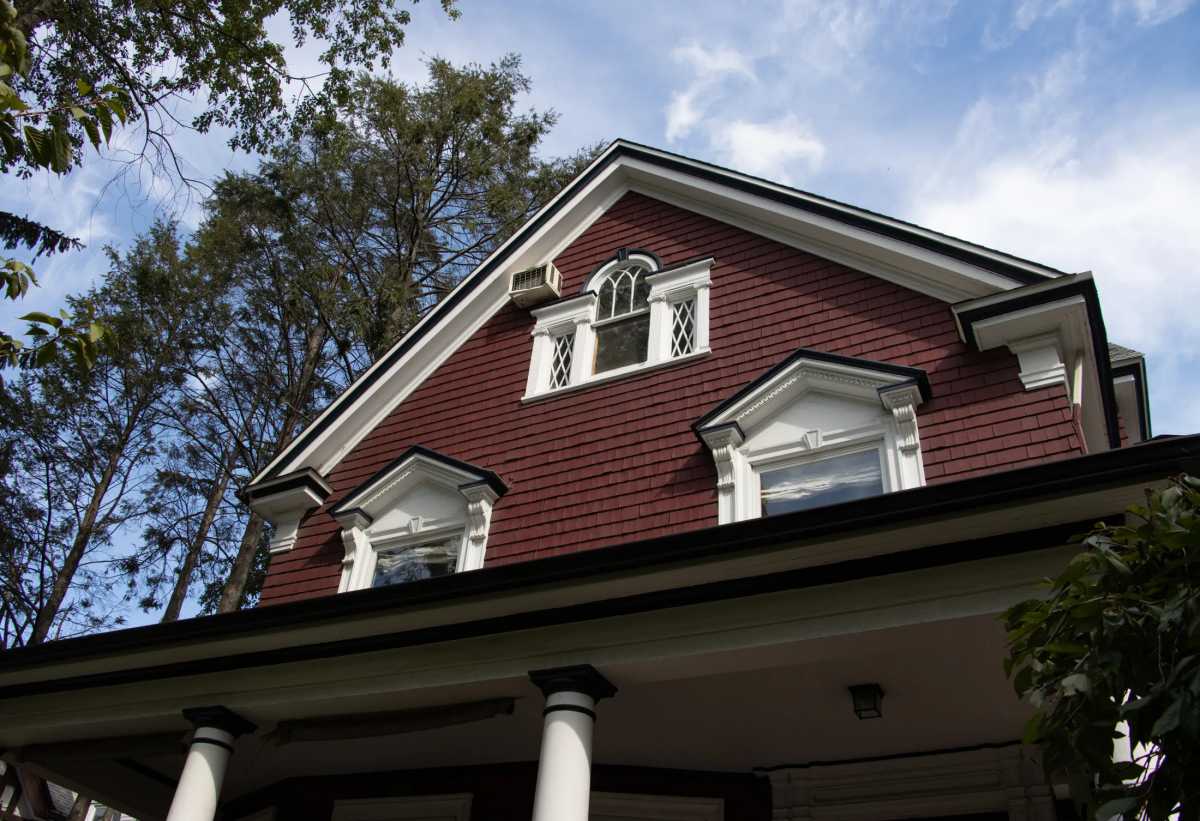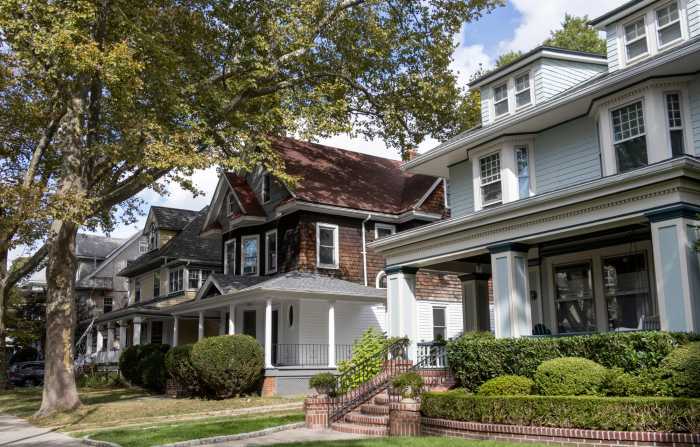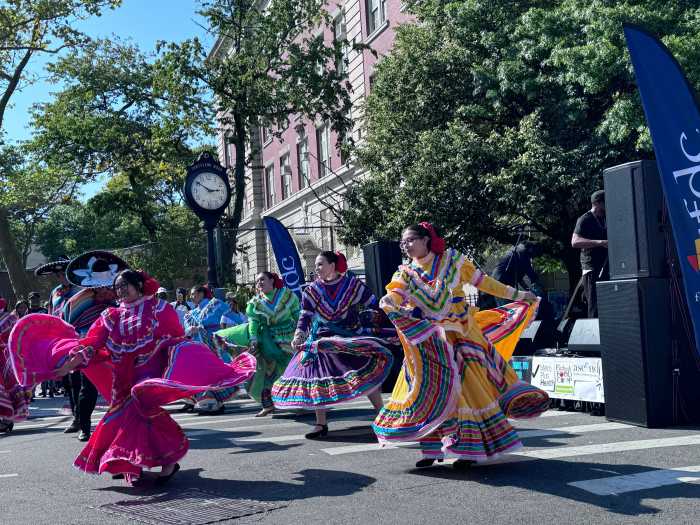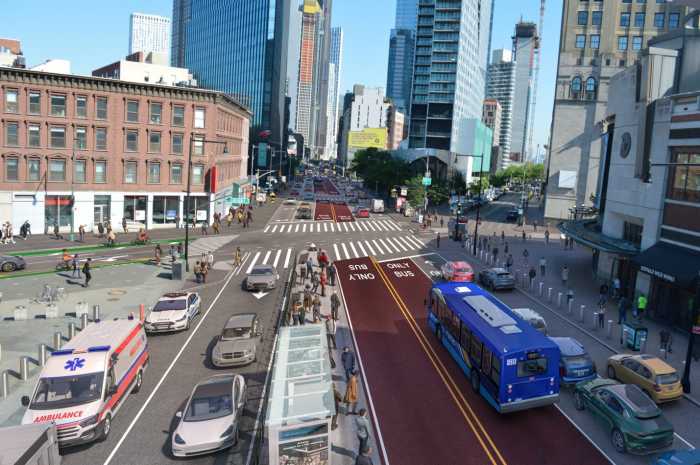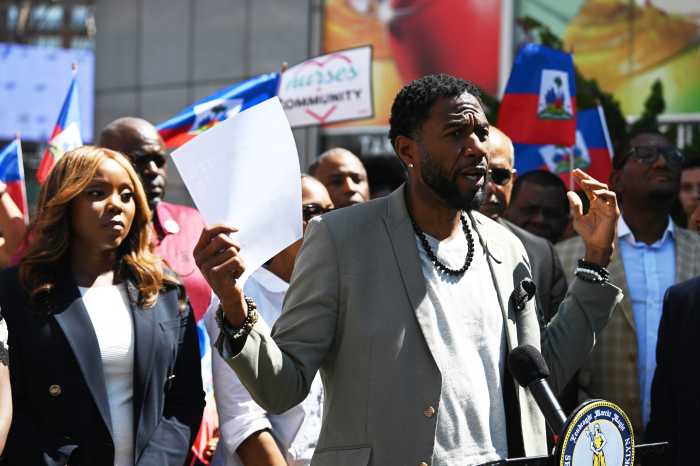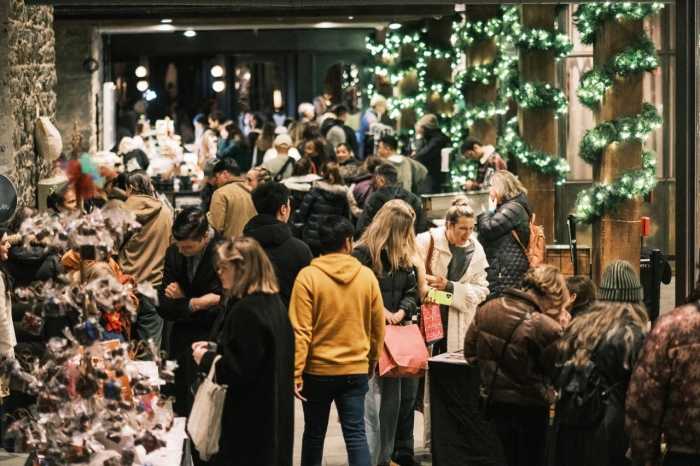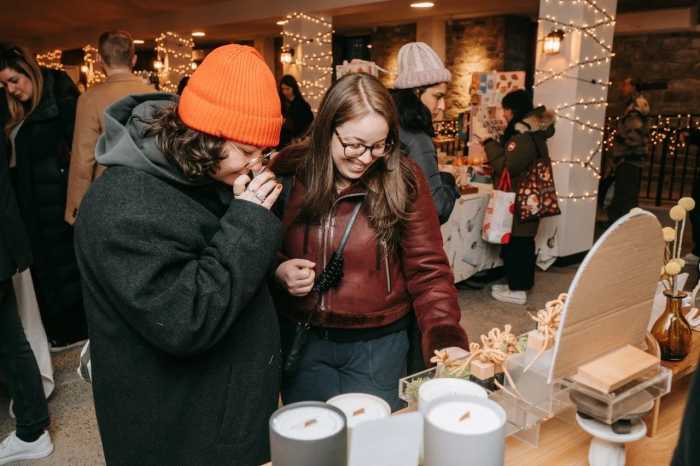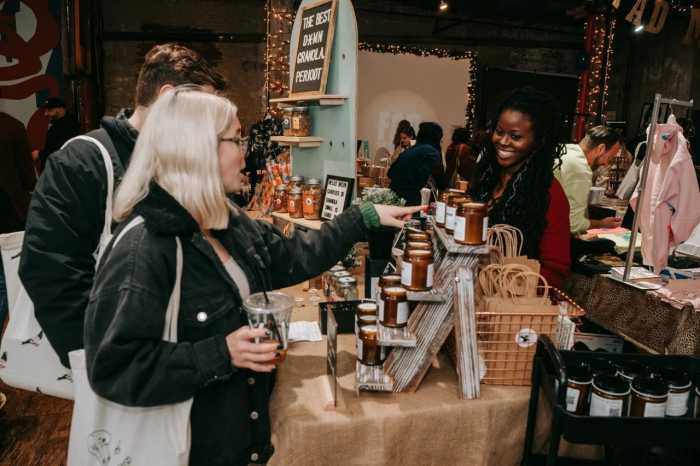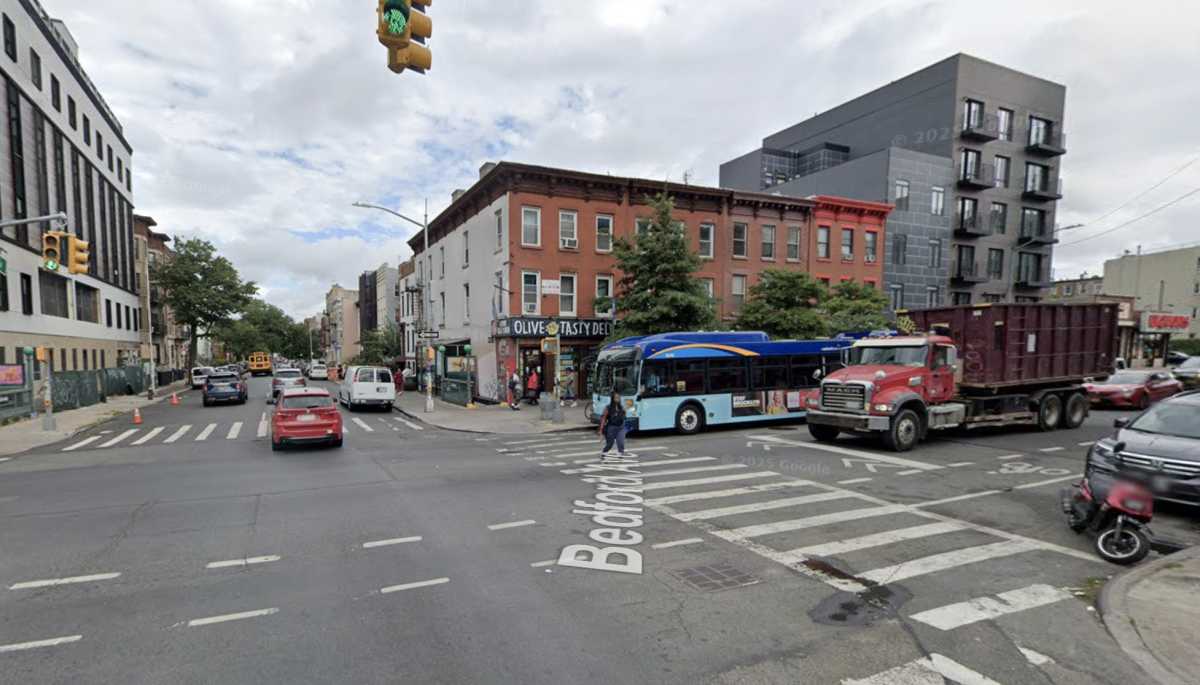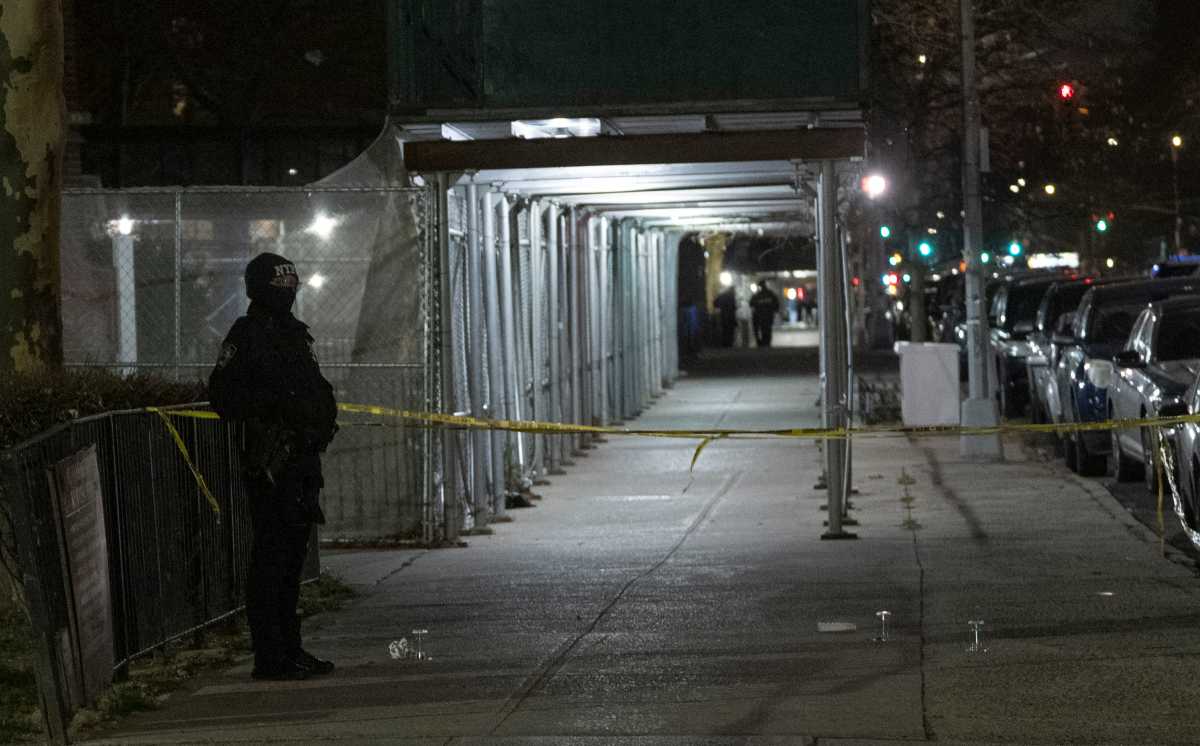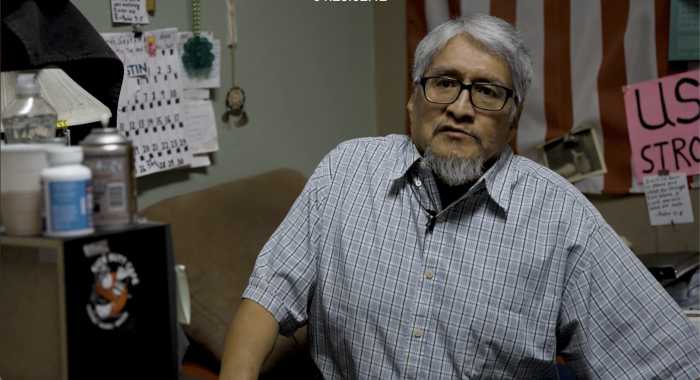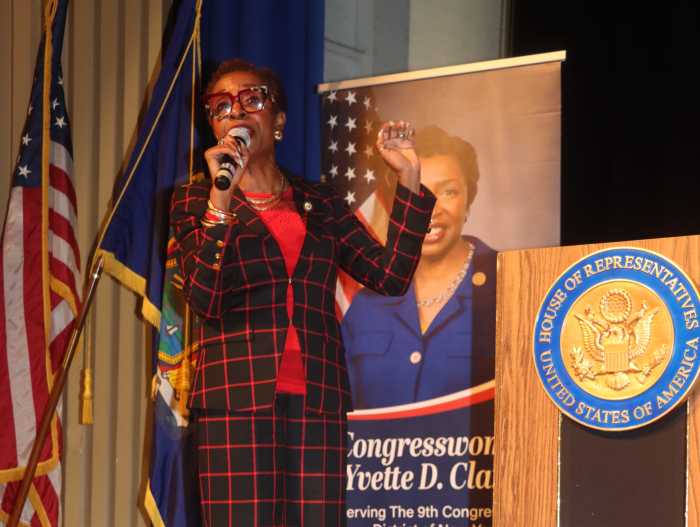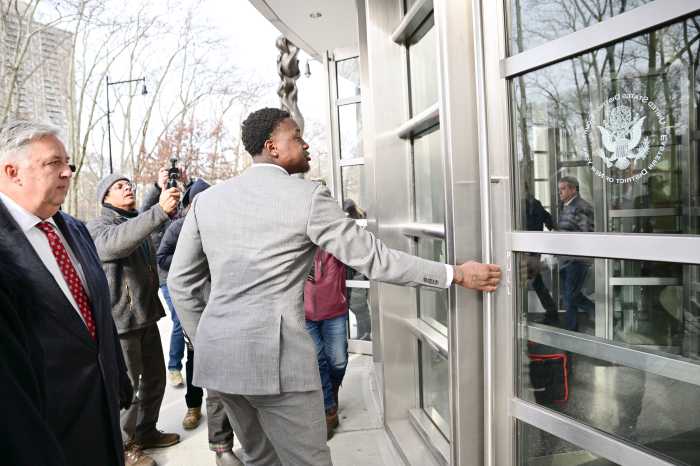Residents of the stately homes in and around two proposed historic districts south of Prospect Park are urging the city’s landmarks commission to extend the districts, saying the proposed borders divide a unified community.
At last Tuesday’s Landmarks Preservation Commission hearing for the proposed Beverley Square West and Ditmas Park West historic districts, 35 people spoke in support of the designations, with most asking to extend Beverley Square West to include Westminster and Stratford roads, the south side of Beverley Road between them, and the courts in between. Three people opposed the proposals.
The proposed Beverley Square West Historic District includes 119 houses and spans Argyle and Marlborough roads between Beverley and Cortelyou, while the proposed Ditmas Park West Historic District lies just south and west, between Westminster and Marlborough from Dorchester Road to Ditmas Avenue and includes 128 houses. Most were built between 1895 and 1910, LPC researcher Michael Caratzas said.
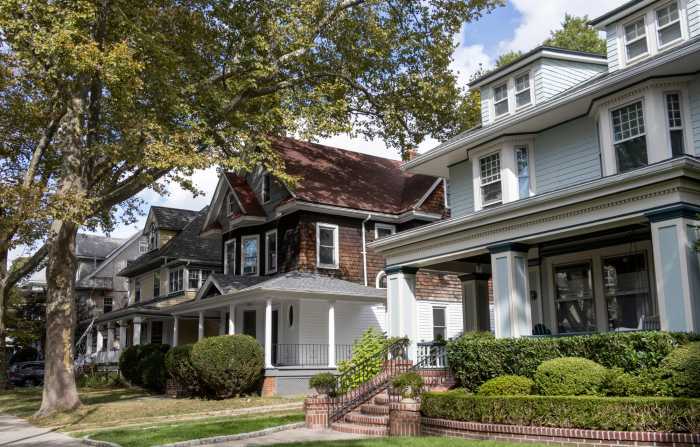
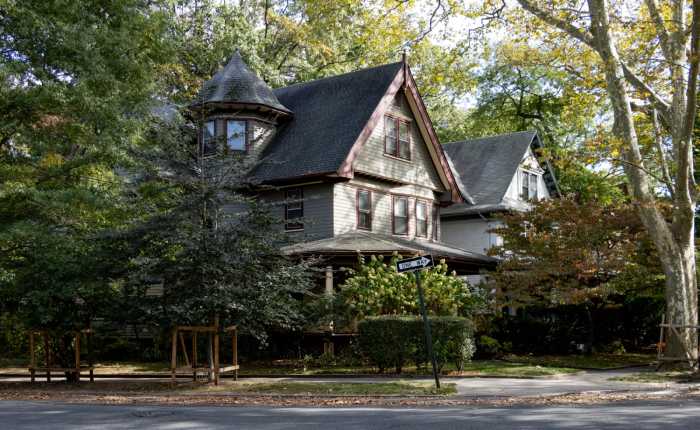
The Beverley Square West house where Janice Hamann has lived for 38 years sits just outside the proposed district and she urged the commissioners to reconsider those boundaries, saying the excluded houses display the same style and integrity as the chosen blocks.
“In the excluded blocks the Victorian architecture and sense of ease in a setting with open porches have sowed creative seeds,” she said. “Operation Gig, Flatbush Artists Tour, Brave New World Theater Company, Hawthornden Literary Foundation, Flatbush Gardener have all called the unchosen Stratford and Westminster roads home…we are a destination and a hub and we represent the full story of New York City,” she said.
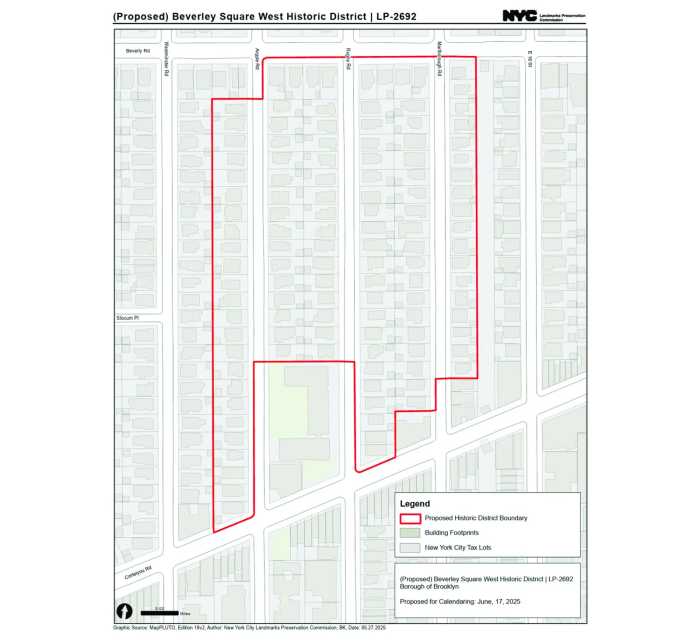
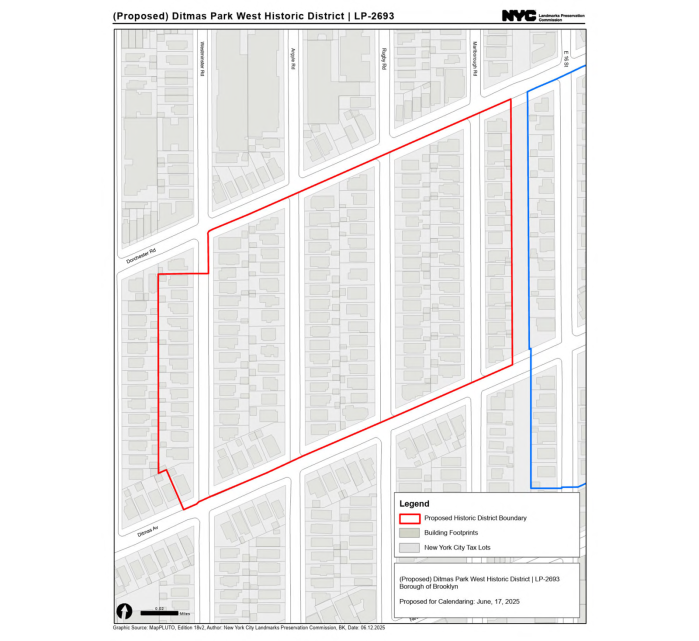
Nancy Russell, a 35-year resident, said she was heartbroken that her section might miss preservation. “Beverley Square West is one community extending from Marlborough Road to Coney Island Avenue, reinforced by one neighborhood association, common community events, strong social networks, and a common purpose and perspective,” she said. “I urge you to expand the boundaries of the area considered for landmarking to include Westminster and Stratford. Our community should not be arbitrarily and artificially divided.”
Caratzas said multiple surveys since 2006 informed the proposals, and found that “areas outside the proposed boundaries have significantly higher alterations.”
The adjacent area south of Prospect Park already has three designated districts: Prospect Park South (1979), Ditmas Park (1981), and Fisk Terrace/Midwood Park (2008). While the area is often called Victorian Flatbush, Caratzas noted that most development occurred after the Victorian era ended in 1901, though development in Beverley Square West predates Prospect Park South.
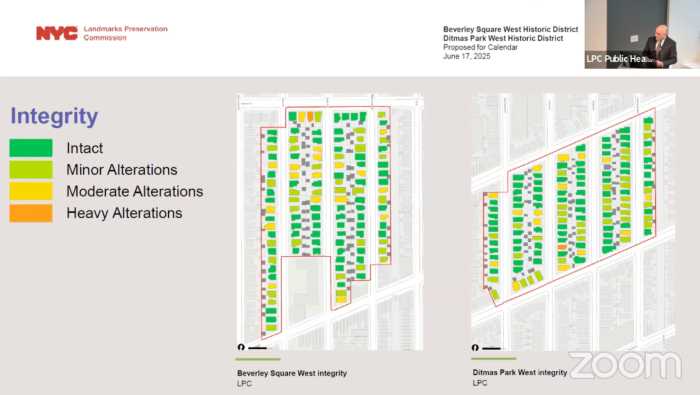
“These districts, which initially excluded non white families, have become increasingly diverse as African American families and families of East and South Asian and Middle Eastern background have purchased houses here. The districts also have a substantial Jewish community, which first took root by the 1930s,” he said.
“Today, both Beverley Square West and Ditmas Park West historic districts maintain their cohesive streetscapes of architecturally distinctive freestanding houses and remain much as they were in the early 20th century.”
Robin Redmond, executive director of the Flatbush Development Corporation, said the group has long worked toward landmarking the entire Victorian Flatbush area and called the current proposals “one step closer to completing that quilt.” “Landmarking these neighborhoods is not just about protecting buildings, it’s about honoring the people, the history, and the community spirit that defines Flatbush,” she said.
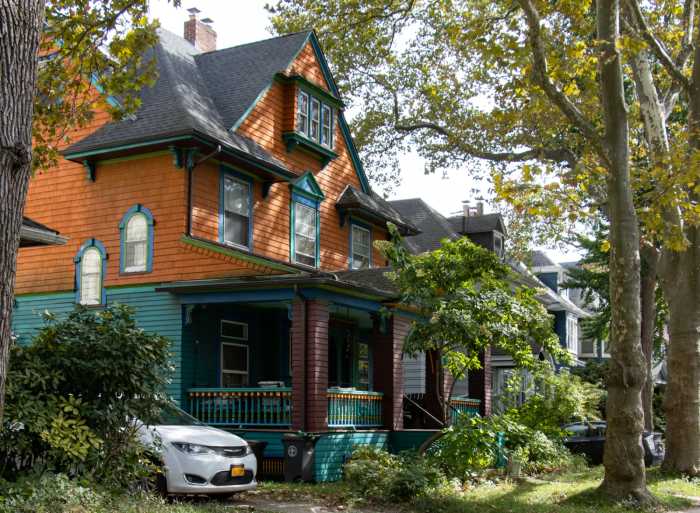
Many speakers described the unified community in the area, the number of gatherings that were held, and the neighborly environment, with many calling it an oasis within New York City. They all cited its architecture and openness as reasons the creative scene was able to thrive.
Gerard Shaw, a 37-year resident of Argyle Road and one of the many speakers to have hosted porch concerts, called on the commissioners to “preserve this gem, this oasis that we call our collective identity, our life here, so that we continue to offer all of this. We all do hope for this from you: preservation.”
Lawrence Becker, who has lived on Rugby Road since 1983, urged commissioners to see the repeated calls for expansion as a sign of unity. “Please hear it as an indication of how strongly we in the neighborhood feel about how connected we are and how much we want our neighborhood to be together and have the same designation, and how much we feel we are connected, both architecturally and by a sense of community.”
Assembly Member Robert Carroll, Council Member Rita Joseph, the Historic Districts Council, the New York Landmarks Conservancy, and the Victorian Society of New York all supported landmarking—and expanding—the districts. “The entirety of these micro neighborhoods are worthy of historic protection,” Carroll said. “I urge you to amend it to include all of these neighborhoods, so they are preserved for generations to come.”
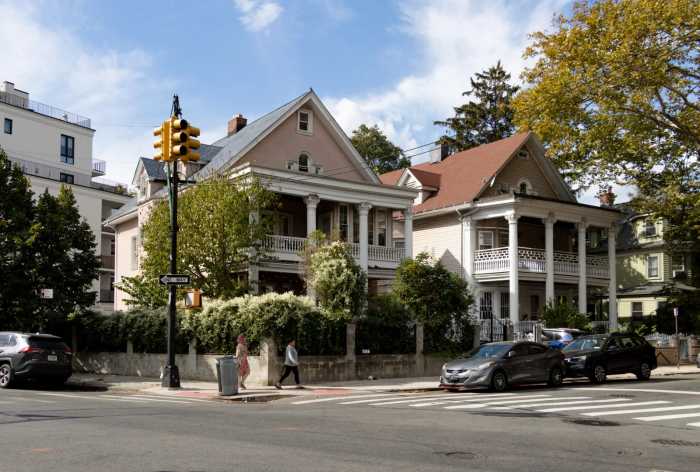
While most speakers favored landmarking, three people opposed it. Two of them own a house together in the neighborhood, and said they did not want their property included.
Alana Wilson, a renter in Ditmas Park, urged the commission not to designate the area due to the “depth of our housing crisis, our desperate need to give people the opportunity to live near transit, and the precedent it could set that well resourced blocks may opt out of the evolution of our built environment, even as that evolution is essential for our city to solve the most pressing challenges of our time.”
She said by designating the areas as historic districts, it allowed some of the most well-resourced blocks in the neighborhood to opt out of City of Yes and the “possibility of connection with new neighbors who may be different.”
The LPC also received 50 letters supporting designation of Beverley Square West and one opposing it, and 17 letters supporting Ditmas Park West and three opposing.
LPC Chair Angie Masters closed out the hearing saying the issues raised would be taken into consideration and addressed the next time the proposal came before the commission. “We’re going to bring this item back in the near future, and we will let the public know in advance,” she said.
This story first appeared on Brooklyn Paper’s sister site Brownstoner


